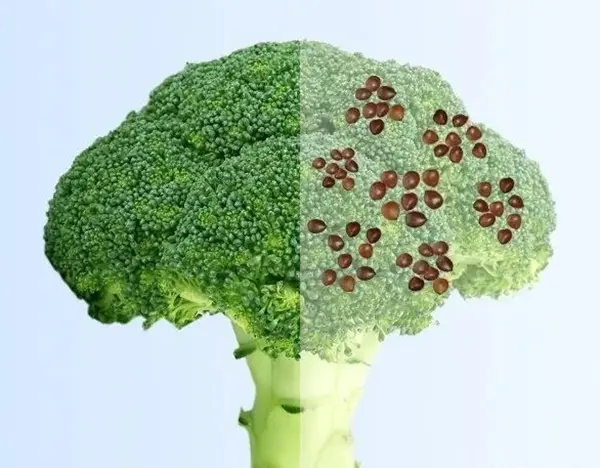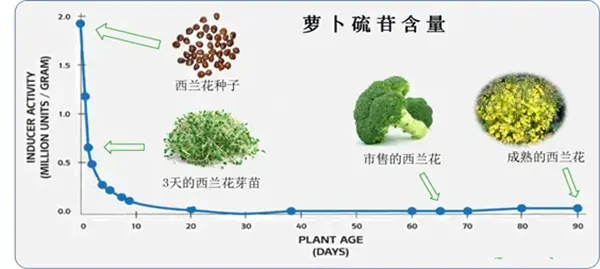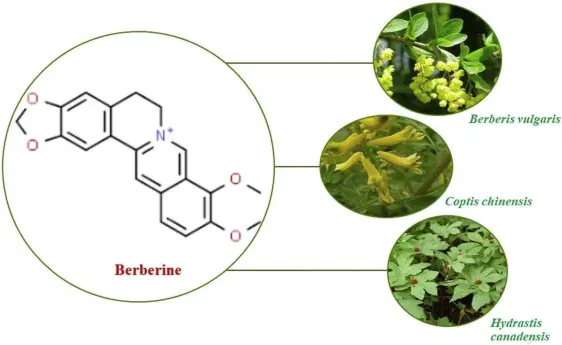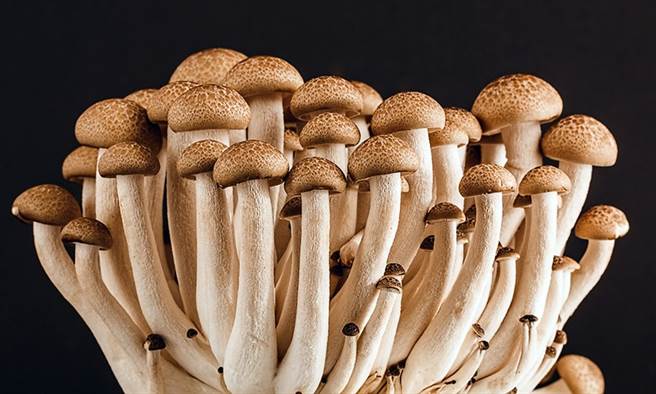Sulforaphane: A Natural Champion in the Fight Against Chronic Diseases
Sulforaphane, a bioactive compound derived from broccoli seeds and sprouts, has gained widespread attention for its remarkable health benefits. Recognized for its ability to combat oxidative stress, inflammation, and cellular damage, sulforaphane has been extensively studied for its potential in cancer prevention, detoxification, and metabolic support.

The Origin and Discovery of Sulforaphane
Sulforaphane originates as glucoraphanin, a sulfur-rich compound found abundantly in cruciferous vegetables. When plant tissues are damaged—such as during cutting, chewing, or pest attacks—glucoraphanin interacts with the enzyme myrosinase to produce sulforaphane, a potent molecule with self-defense and health-promoting properties.

This compound gained global recognition in 1992, when Professor Paul Talalay of Johns Hopkins University identified its powerful cancer-preventive properties. His discovery led to a surge in demand for broccoli sprouts, which were found to contain 10–100 times more glucoraphanin than mature broccoli heads.

Sulforaphane’s Unique Mechanism: Activating Nrf2
Sulforaphane is renowned for its ability to activate the Nrf2 signaling pathway, often referred to as the “master regulator” of cellular defense. Nrf2 plays a pivotal role in regulating over 500 genes involved in antioxidant production, detoxification, and anti-inflammatory responses.
Under normal conditions, Nrf2 is bound to Keap1, a protein that inhibits its activity. Sulforaphane disrupts this bond, freeing Nrf2 to enter the cell nucleus and activate a cascade of protective genes. These include those responsible for neutralizing reactive oxygen species (ROS), enhancing mitochondrial function, and maintaining metabolic balance.
Compared to other compounds, sulforaphane is one of the most potent natural Nrf2 activators. Studies show that it is 105 times more effective than resveratrol, 18 times more effective than silymarin, and over 250 times more effective than vitamin C in activating Nrf2.
Health Benefits of Sulforaphane
1. Cancer Prevention
Sulforaphane has shown efficacy in reducing cancer risk by:
- Promoting Phase II detoxification enzymes that eliminate carcinogens.
- Suppressing inflammation through NF-κB inhibition.
- Inducing apoptosis in cancer cells without harming healthy cells.
Research has linked sulforaphane consumption to reduced risks of lung, stomach, and colon cancers.
2. Metabolic and Detoxification Support
Sulforaphane enhances the body’s ability to detoxify harmful substances, including environmental toxins and heavy metals. Its ability to improve glucose regulation also positions it as a supportive agent for managing type 2 diabetes.
3. Brain and Nervous System Health
Sulforaphane crosses the blood-brain barrier and has demonstrated neuroprotective effects. It reduces oxidative stress, supports mitochondrial health, and may aid in conditions such as Alzheimer’s and Parkinson’s diseases.
4. Gut Health and Antimicrobial Activity
Sulforaphane exhibits antibacterial properties, notably against Helicobacter pylori, a bacterium linked to stomach ulcers and gastric cancer. Its role in promoting gut health and reducing inflammation is supported by several clinical studies.
5. Anti-Aging Effects
By reducing oxidative stress and activating protective cellular pathways, sulforaphane helps delay aging processes and improve overall cellular resilience.
Common Misconceptions About Sulforaphane
While consuming broccoli is beneficial, many people mistakenly believe that eating raw or cooked broccoli provides sufficient sulforaphane. However, the actual levels depend on factors like broccoli variety and cooking methods. Boiling or microwaving broccoli can deactivate myrosinase, drastically reducing sulforaphane production.
Broccoli seeds and sprouts are the richest sources of glucoraphanin, with concentrations up to 70 times higher than mature broccoli. To maximize sulforaphane intake, consuming sprouted broccoli or supplements derived from seeds is recommended.
Safety and Tolerability
Sulforaphane has undergone extensive safety evaluations. Clinical studies have found it to be well-tolerated, with mild side effects such as gastrointestinal discomfort reported in some cases. No significant liver or kidney toxicity has been observed, even with long-term use.
Conclusion
Sulforaphane represents a natural powerhouse with unparalleled health benefits. Its ability to activate the Nrf2 pathway, combat oxidative stress, and support multiple organ systems makes it a vital component in preventative healthcare. Whether through dietary intake or supplementation, incorporating sulforaphane into daily routines can unlock a healthier and more resilient life.










